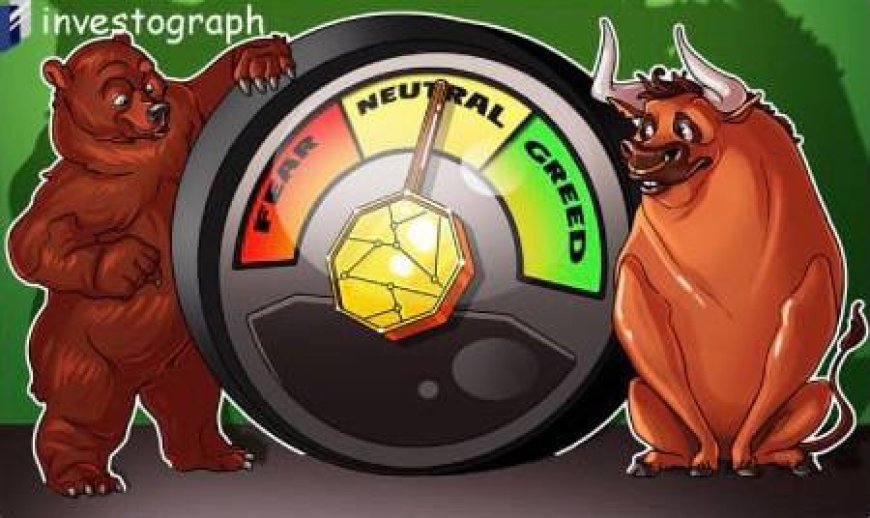3 metrics DeFi traders can watch to spot the next crypto bull market
Metrics such as Total Value Locked (TVL), fee revenue, and wallet activity serve as key indicators for investors to evaluate the overall health and performance of the decentralized finance (DeFi) sector. Tracking TVL provides insights into the amount of assets locked in DeFi protocols, reflecting the level of capital engaged within the ecosystem. Fee revenue offers a measure of the economic activity generated by DeFi platforms, indicating the financial viability and sustainability of these projects. Additionally, monitoring wallet activity, including the number of active users and transaction volumes, provides a comprehensive view of user engagement, liquidity, and adoption within the DeFi space. Investors utilize these metrics to gauge the strength, growth, and potential risks associated with the evolving DeFi landscape.

The decentralized finance (DeFi) sector has been a dynamic and volatile space in the crypto realm, showcasing significant growth and corrections. In 2020, DeFi experienced a remarkable bull market, witnessing the total value locked (TVL) surge from $1 billion to over $100 billion. However, in 2021, the sector faced a substantial correction, with TVL dropping from $100 billion to $40 billion. Despite its volatility, there are key metrics that traders can monitor to gauge sustained bullish momentum in the DeFi sector. Three crucial indicators include Total Value Locked (TVL), platform fee revenue, and the number of non-zero wallets holding tokens.
Total Value Locked (TVL) serves as a widely used metric to assess the health of the DeFi ecosystem, representing the total cryptocurrency assets locked in DeFi protocols. A rising TVL indicates increasing demand and usage of DeFi services, signaling a potential bull market. While current TVL is slightly below the 2023 peak, it has risen since the beginning of the year. Fee revenue on DeFi platforms is another crucial metric, measuring the fees collected for transaction completion. Increasing layer-1 blockchain fees suggest growing interest in DeFi, with users actively utilizing decentralized applications (DApps). The rise in non-zero addresses, indicating active participation in crypto, serves as an additional indicator of increasing demand and potential bullish trends.
By closely monitoring these metrics, traders can gain valuable insights into the overall health and potential shifts in the DeFi market, aiding in timely decision-making and risk assessment.







